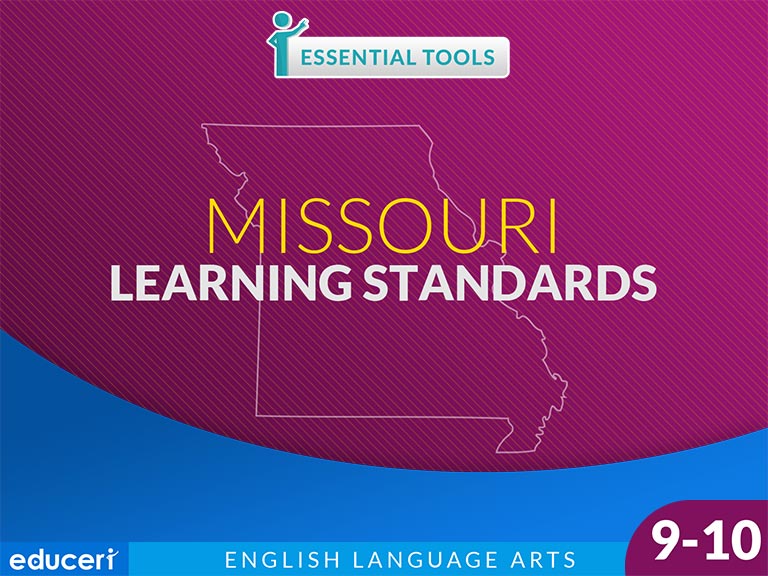All Lessons

Graph Piecewise Functions
(F) Graph exponential, logarithmic, rational, polynomial, power, trigonometric, inverse trigonometric, and piecewise defined functions, including step functions
PCAL.2.I(I) Determine and analyze the key features of exponential, logarithmic, rational, polynomial, power, trigonometric, inverse trigonometric, and piecewise defined functions, including step functions such as domain, range, symmetry, relative maximum, relative minimum, zeros, asymptotes, and intervals over which the function is increasing or decreasing
QR.3.E(E) Determine or analyze an appropriate piecewise model for problem situations
Share This Lesson

Share This Lesson

Graph Square Root and Cube Root Functions
(C) Determine the effect on the graph of f(x) = √x when f(x) is replaced by af(x), f(x) + d, f(bx), and f(x - c) for specific positive and negative values of a, b, c, and d
A2.6.A(A) Analyze the effect on the graphs of f(x) = x3 and f(x) = 3√x when f(x) is replaced by af(x), f(bx), f(x - c), and f(x) + d for specific positive and negative real values of a, b, c, and d
Share This Lesson

Use the Mean and Standard Deviation to Estimate Population Percentages
(B) Determine the mean absolute deviation and use this quantity as a measure of the average distance data are from the mean using a data set of no more than 10 data points
MM.9.B(B) Analyze numerical data using measures of central tendency (mean, median, and mode) and variability (range, interquartile range or IQR, and standard deviation) in order to make inferences with normal distributions
Share This Lesson

Calculate and Interpret Types of Relative Frequencies
Share This Lesson

Compare Data Sets
(Y9) Compare data displays using mean, median and range to describe and interpret numerical data sets in terms of location (centre) and spread (ACMSP283)
ACMSP249(Y10) Construct and interpret box plots and use them to compare data sets (ACMSP249)
ACMSP278(Y10A) Calculate and interpret the mean and standard deviation of data and use these to compare data sets (ACMSP278)
ACMEM057(Y11-12) Compare back-to-back stem plots for different datasets (ACMEM057)
Share This Lesson

Determine and Interpret Nonlinear Lines of Best Fit
(B) Write, using technology, quadratic functions that provide a reasonable fit to data to estimate solutions and make predictions for real-world problems.
A1.9.E(E) Write, using technology, exponential functions that provide a reasonable fit to data and make predictions for real-world problems.
Share This Lesson

Analyze and Plot Residuals
Share This Lesson

Grades 9-10 Common Core State Standards Learning Objectives - ELA
Common Core Standards are often confused with being Learning Objectives. Core Standards are the content and skills students need to know by the end of a school year. Learning Objectives are the content and skills students need to know by the end of a lesson. Our Common Core Learning Objectives & Essential Tools guides display teachable Learning Objectives alongside the standards for easy reference. Here on Educeri, the guide also links to the relevant lesson right here on the site, making finding a lesson easy. As we add more lessons, we will be updating this guide, so check back frequently.










